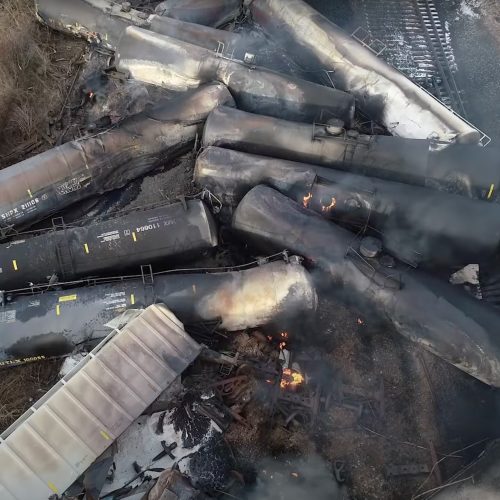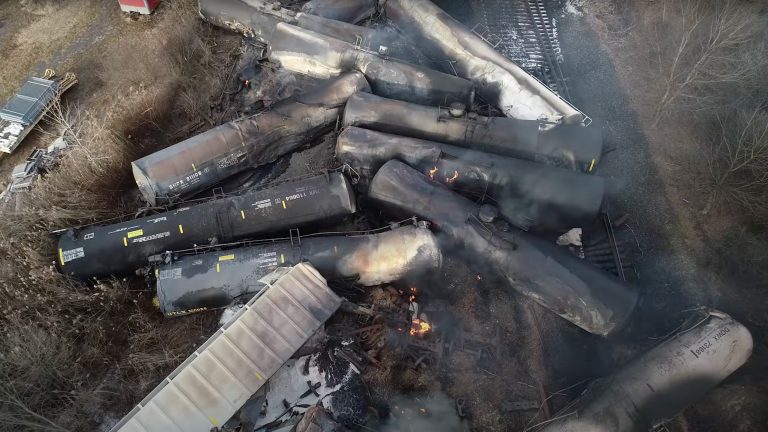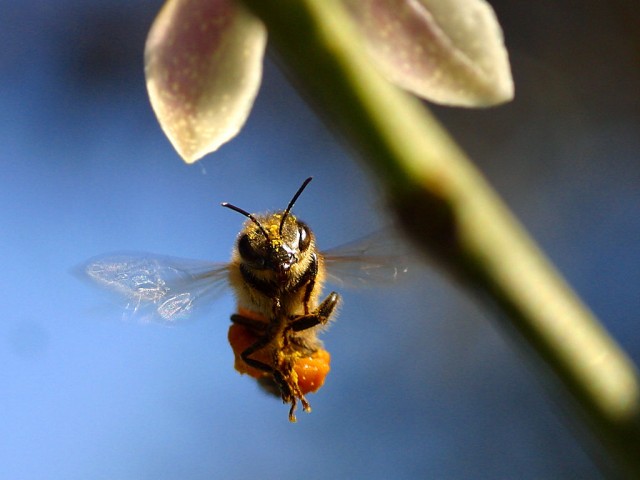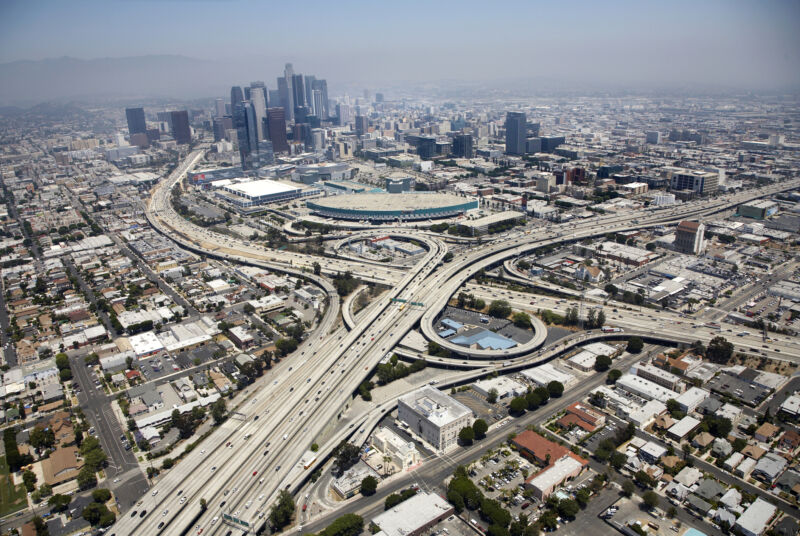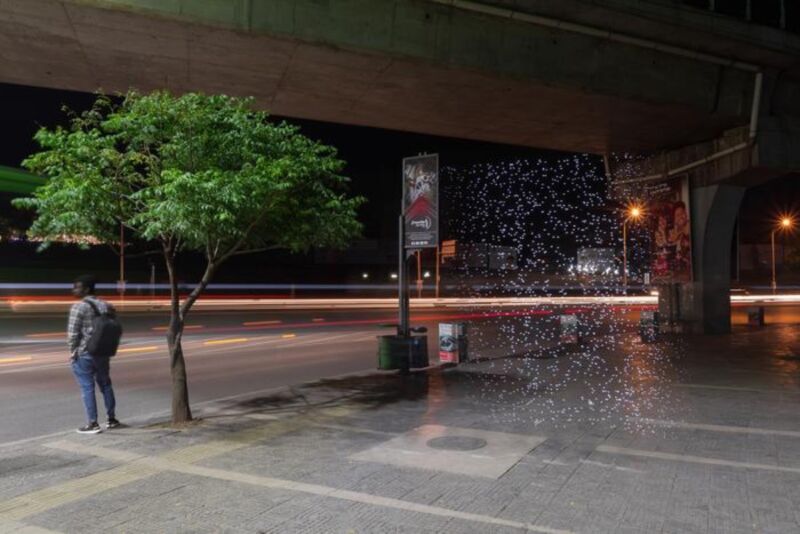Air quality problems spur $200 million in funds to cut pollution at ports
Raquel Garcia has been fighting for years to clean up the air in her neighborhood southwest of downtown Detroit.
Living a little over a mile from the Ambassador Bridge, which thousands of freight trucks cross every day en route to the Port of Detroit, Garcia said she and her neighbors are frequently cleaning soot off their homes.
“You can literally write your name in it,” she said. “My house is completely covered.”

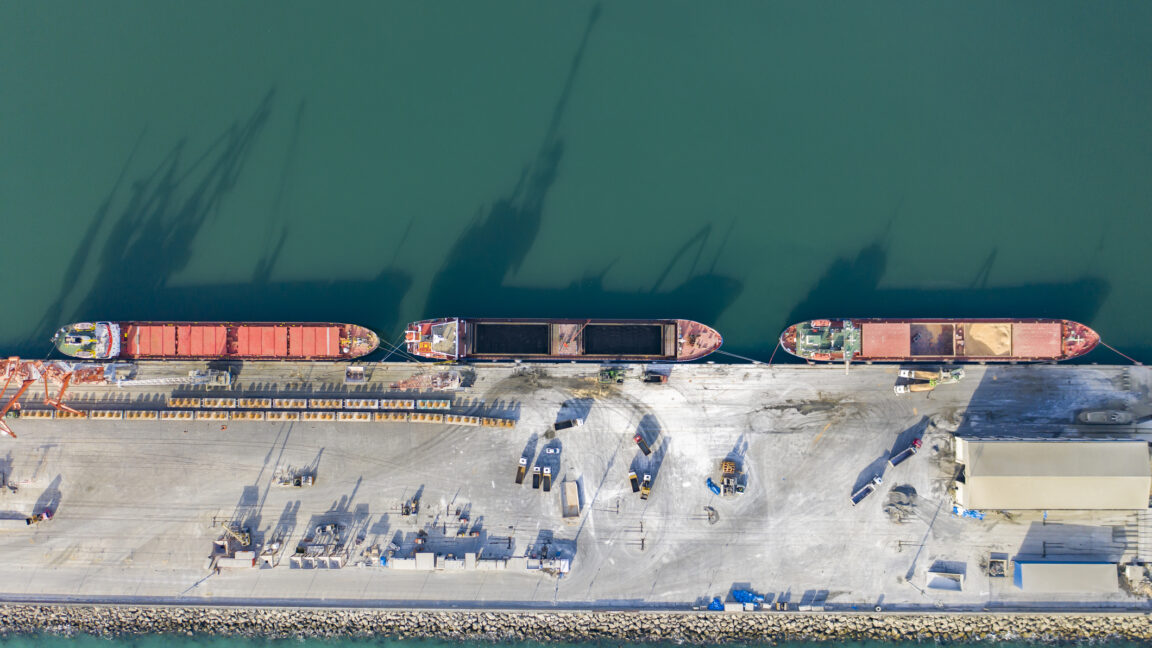
© bfk92 via Getty
